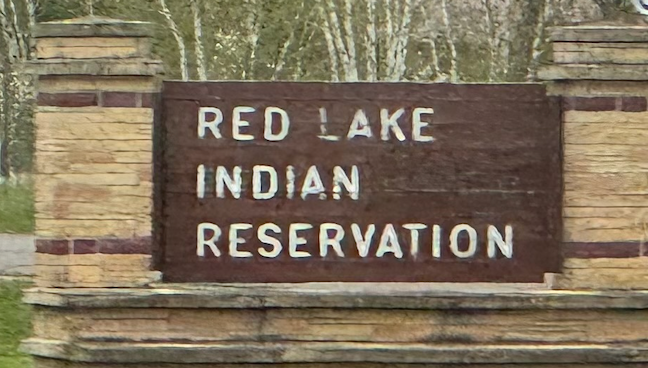My time on the Red Lake Reservation in Northern Minnesota was very rewarding and eye opening. I had the opportunity to immerse myself within the Native American community and interact with members of the tribe who live both on and off the reservation. I spent my time at the Indian Health Service (IHS) Hospital located on the reservation. For one of my deliverables, I made a community summer newsletter based on pertinent information that affects the tribe during the summer months. These topics included seasonal allergies, poison ivy, and tick bites. The newsletter was laminated and posted in all waiting areas of the hospital and was also published on the hospital’s Facebook page. The hospital uses Facebook many days to communicate with the reservation what is going on that could affect patient care and the health of the public.
Drug use on the reservation is very common among many community members. IHS does a good job making sure community members are equipped with services and resources to help those in need. It was eye opening to see how many community members feel comfortable coming up to the pharmacy asking for Narcan or drug use kits to have on hand. It is huge for members of the tribe to not feel the stigma surrounding drug use and have a safe place to come to get the care and resources they need. For my second deliverable, I created a Narcan handout that will be given out during community events to educate the community on how to use Narcan and where it can be obtained. It was meant to serve as a high-level overview to the community on what to look for in someone who may be experiencing an opioid overdose and what steps should be taken in that situation. By making sure the community has access to Narcan, it can save a life.
I have appreciated my time on the Red Lake Reservation and have gotten to have so many conversations with the natives. It was rewarding to see people continuously and get to learn their story and the way they were raised. Learning from those in the community about events that have impacted the way they view themselves and their family was hard to hear. I am glad IHS is fostering relationships with the members who are home to the Red Lake Band of Chippewa Indians. I was able to witness first-hand how the relationships take a slow amount of time to build and that there is still work to be done to continue growing the relationship and trust in the community.
Tessa

